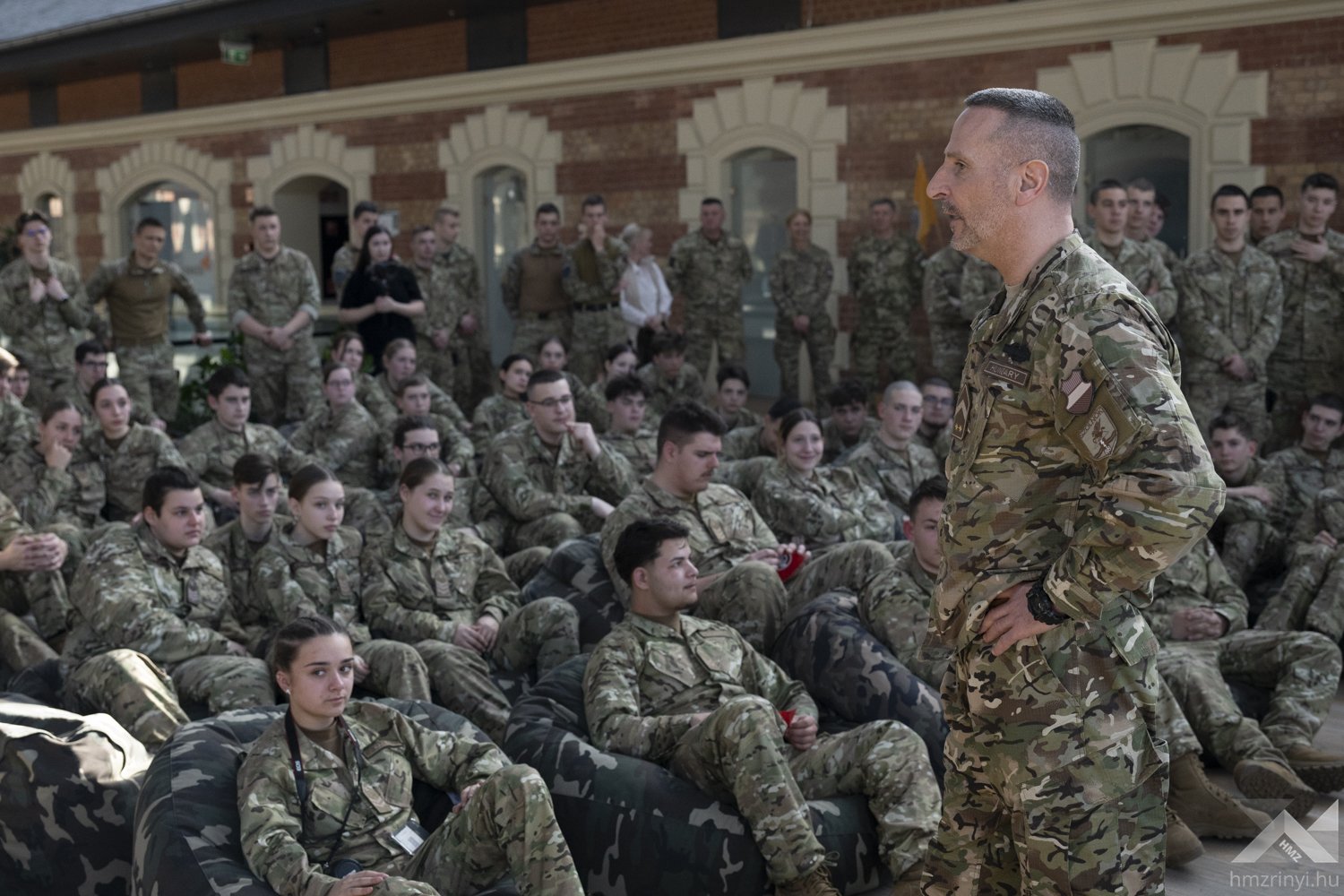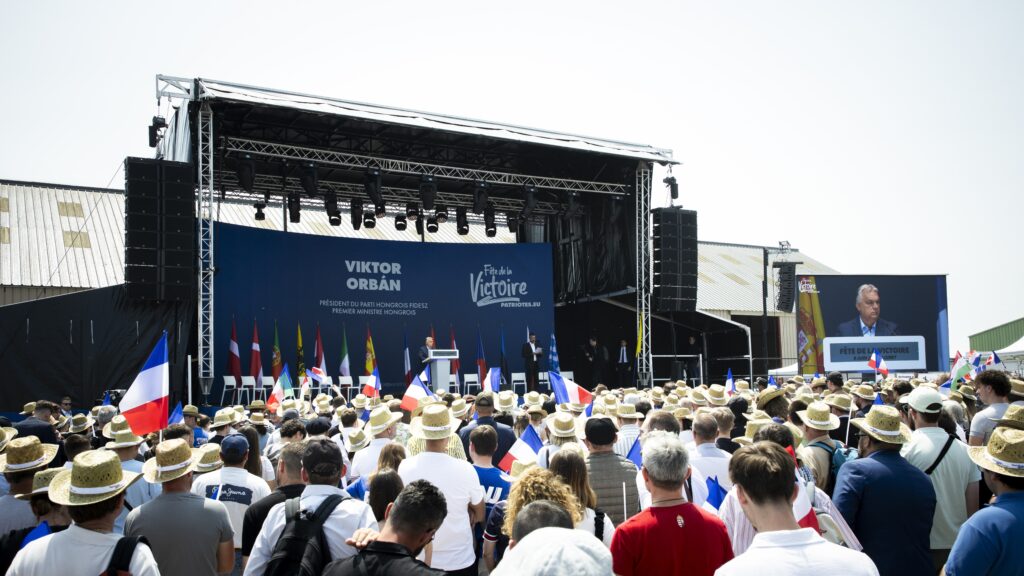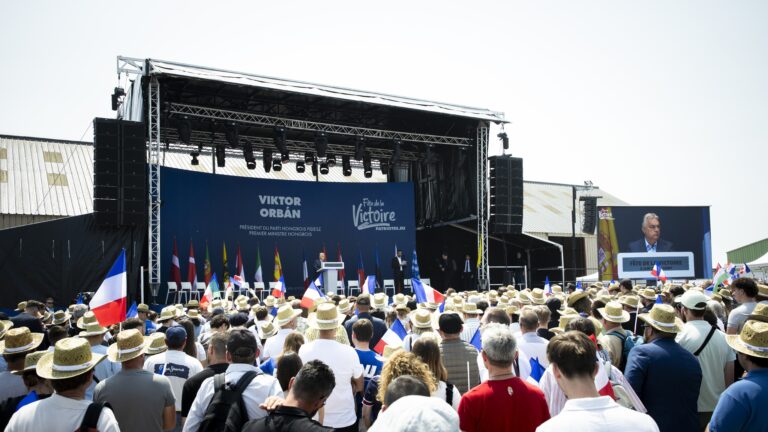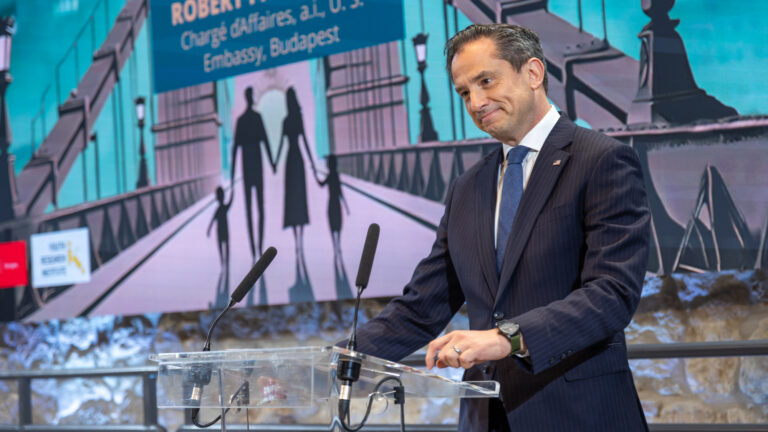Hungary’s integration into the North Atlantic Treaty Organization (NATO) since its accession on 12 March 1999 represents a cornerstone of its post-Cold War security policy. Marking the 25th anniversary of this milestone in 2024, Hungary’s journey within NATO reflects a strategic balancing act between fulfilling alliance obligations and preserving national sovereignty. This duality is evident in its contributions to collective defence, evolving foreign policy, and revitalization of the domestic defence industry through the ambitious Zrínyi 2026 Defence and Force Development Programme. This short analysis explores Hungary’s role in NATO, its strategic positioning, and the interplay between alliance loyalty and national autonomy, particularly in the context of a transformed European security landscape following the 2022 Russo–Ukrainian war.
Historical Context and NATO Accession
The end of the Cold War and the dissolution of the Warsaw Pact prompted Hungary to pursue Euro-Atlantic integration as a means of securing its place in a reconfigured global order. Joining NATO was not merely a foreign policy objective but a profound socio-political transformation, requiring extensive reforms to align Hungary’s political, economic, and military systems with Western standards. The Partnership for Peace programme in the mid-1990s facilitated this transition, culminating in Hungary’s full NATO membership alongside Poland and the Czech Republic in 1999.
This accession provided Hungary with security guarantees and marked its commitment to democratic governance, the rule of law, and collective defence. The early years of membership focused on adapting to NATO’s operational and strategic frameworks. Hungary contributed to peacekeeping missions in the Balkans (SFOR, KFOR) and Afghanistan (ISAF), gaining practical experience and demonstrating its commitment to alliance objectives. These missions helped modernize Hungary’s military doctrine and fostered interoperability with allied forces.
‘Hungary’s journey within NATO reflects a strategic balancing act between fulfilling alliance obligations and preserving national sovereignty’
However, the post-2010 period introduced complexities. Hungary’s foreign policy increasingly emphasized national sovereignty, occasionally leading to tensions with NATO partners, particularly over issues like Ukraine’s NATO aspirations and Sweden’s accession process. Hungary’s delay in ratifying Sweden’s membership, driven by political grievances over criticisms of its domestic governance, exemplifies how national priorities can complicate alliance cohesion. Despite these frictions, Hungary ratified Sweden’s accession following diplomatic engagements and defence-industrial agreements, such as purchasing more Gripen fighters, highlighting its pragmatic approach to balancing national interests with alliance obligations.
The 2022 Russian invasion of Ukraine further reshaped Hungary’s strategic environment. As NATO’s eastern flank gained renewed importance, Hungary’s geopolitical position became critical. The establishment of a multinational battle group in Hungary in 2022, with plans to expand to brigade size, underscores its role in NATO’s enhanced forward presence. Hungary’s contributions to air policing, joint exercises like Steadfast Defender 24, and peacekeeping missions demonstrate its operational commitment, even as its cautious stance on the Ukraine conflict—avoiding direct military involvement while supporting sanctions and NATO’s strategic concept—reflects a delicate balance between alliance loyalty and national priorities.
Strategic Autonomy and National Interest
Hungary’s approach to NATO membership illustrates a nuanced interplay between alliance commitments and national interest. Rather than viewing these as opposing forces, Hungary seeks to leverage NATO membership to enhance its strategic autonomy while contributing to collective defence. This perspective aligns with the concept of ‘keystone states’, where nations aim to act as regional stabilizers, balancing Eastern and Western interests to expand their geopolitical influence.
Hungary’s foreign policy emphasizes sovereignty, often prioritizing national decision-making over deeper integration with NATO or the EU. This is evident in its opposition to Ukraine’s NATO and EU accession, driven by concerns over minority rights in Transcarpathia, regional security, and economic impacts from Ukrainian agricultural imports. Hungary’s veto of the NATO-Ukraine Council at the defence ministerial level and its cautious stance on the war reflect a strategy of elevating bilateral issues to the international stage, sometimes at the cost of alliance unity.
Critics, such as Meijer and Brooks, argue that Hungary’s focus on sovereignty risks creating ‘strategic cacophony’, fragmenting NATO’s collective threat perceptions. However, proponents of Hungary’s approach contend that national perspectives from smaller, geopolitically exposed states enrich alliance deliberations, fostering a more pluralistic security architecture. Hungary’s insistence on autonomy does not signify anti-NATO sentiment but rather a pragmatic effort to maintain flexibility within the alliance framework.
Revitalizing the Defence Industry: Zrínyi 2026
A key pillar of Hungary’s strategic autonomy is the revitalization of its defence industry, primarily through the Zrínyi 2026 Defence and Armed Forces Development Programme, launched in 2017. This initiative, the most comprehensive reform since the Cold War, addresses the challenges inherited from the post-Warsaw Pact era, including obsolete Soviet-era equipment, reliance on conscription, and a weakened defence industrial base. Zrínyi 2026 aims to create a modern, NATO-compatible military through equipment modernization, personnel professionalization, infrastructure upgrades, and enhanced cyber capabilities.
The programme’s flagship project is the domestic production of Rheinmetall Lynx KF41 infantry fighting vehicles in Zalaegerszeg, in partnership with Germany. This facility, expected to produce around 50 vehicles annually, enhances Hungary’s mechanized capabilities, fosters technology transfer, and creates jobs, reducing dependence on foreign suppliers. Other procurements include Leopard 2A7+ tanks, PzH 2000 howitzers, H145M and H225M helicopters, and NASAMS air defence systems, aligning Hungary’s forces with NATO standards.
‘Zrínyi 2026 aims to create a modern, NATO-compatible military’
Zrínyi 2026 also prioritizes human resources, transitioning to a professional volunteer force and expanding the reserve component from 5,500 to 20,000 personnel. Initiatives like the Defence Sports Association and cadet programmes aim to strengthen societal ties to the military. Infrastructure upgrades—including a Central Warehouse for logistics and investments in cyber defence—further enhance operational readiness.
Financially, Hungary has met NATO’s 2 per cent GDP defence spending target since 2023, with budgets of HUF 1,560 billion (2.4 per cent of GDP) in 2023, HUF 1,800 billion (2.1 per cent) in 2024, and HUF 1,752.3 billion in 2025. This commitment, with 47 per cent allocated to land forces, 26 per cent to air defence, 14 per cent to infrastructure, and 13 per cent to operations, supports both modernization and alliance obligations.
Regional and Industrial Implications
Hungary’s defence industrial revival has broader implications. By producing NATO-compatible equipment, Hungary positions itself as a potential exporter within the alliance, enhancing its strategic weight. The Zalaegerszeg facility and partnerships with Germany exemplify how domestic production aligns with NATO’s interoperability requirements while fostering economic benefits like job creation and innovation.
Regionally, Hungary’s efforts parallel those of Poland, the Czech Republic, Slovakia, and Romania, which are also modernizing their militaries. The Multinational Division Headquarters Centre in Székesfehérvár, fully operational by 2024, integrates Hungary into NATO’s collective defence architecture, facilitating regional cooperation. Participation in exercises like Adaptive Hussars 23 further strengthens interoperability and crisis management capabilities.
Challenges and Opportunities
Despite its progress, Hungary faces challenges in sustaining this balance. Political frictions, such as those over Ukraine and Sweden, highlight the tension between national priorities and alliance cohesion. While beneficial, industrial reliance on foreign partnerships requires careful management to ensure long-term self-sufficiency. Additionally, maintaining public support for defence spending and military modernization amid economic pressures is critical.
However, these challenges also present opportunities. Hungary’s strategic location on NATO’s eastern flank, coupled with its growing defence capabilities, positions it as a key player in regional security. By fostering industrial partnerships and expanding its reserve force, Hungary can enhance its resilience and influence within NATO. The Zrínyi 2026 programme’s success could serve as a model for other mid-sized powers seeking to balance alliance commitments with national autonomy.
‘The key question is whether Hungary can continue navigating the tightrope between autonomy and solidarity’
Hungary’s 25-year journey in NATO reflects a strategic synthesis of alliance loyalty and national sovereignty. Through the Zrínyi 2026 programme, Hungary has revitalized its defence industry, met NATO’s spending targets, and strengthened its role on the eastern flank. While political divergences occasionally strain alliance cohesion, Hungary’s operational contributions—through peacekeeping, air policing, and joint exercises—demonstrate its reliability as a NATO partner.
The key question is whether Hungary can continue navigating the tightrope between autonomy and solidarity. As NATO adapts to new threats, Hungary’s model of leveraging alliance membership to enhance national capabilities offers a compelling path for mid-sized powers. By sustaining defence modernization and fostering regional cooperation, Hungary can solidify its role as a proactive contributor to Euro-Atlantic security—balancing loyalty and agency in an increasingly complex geopolitical landscape.
Related articles:







